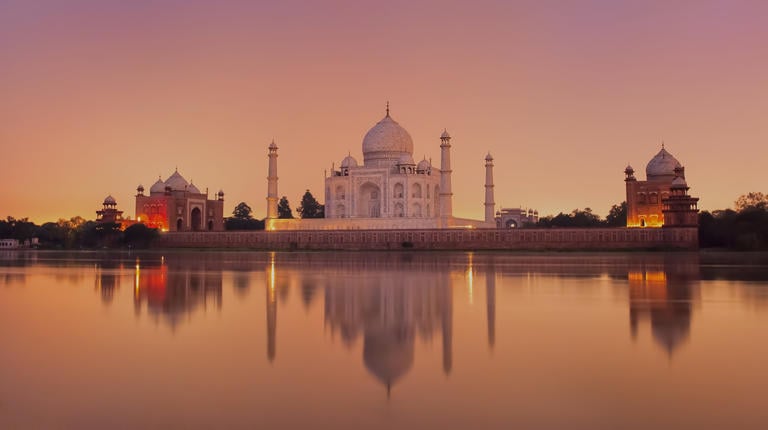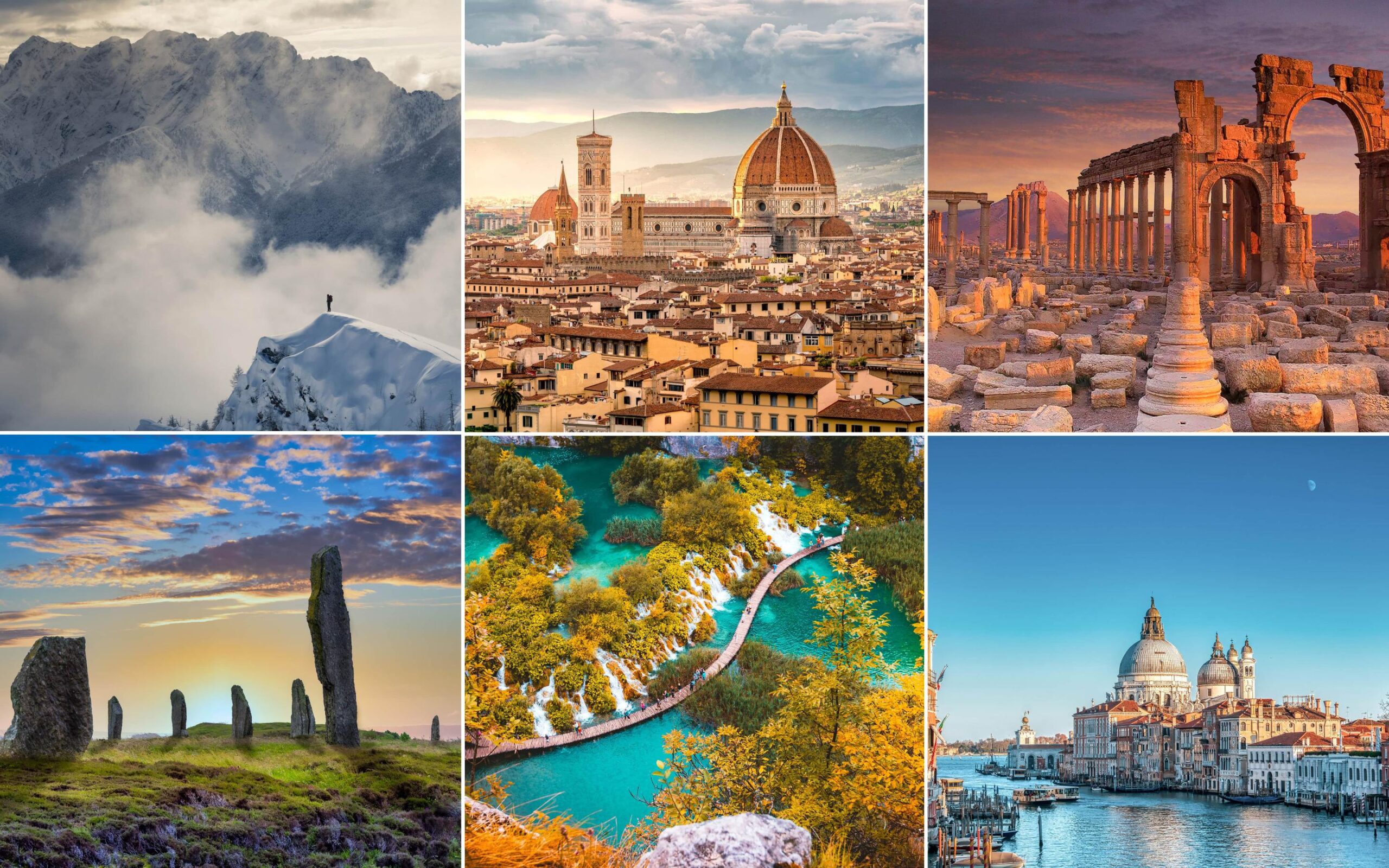Introduction
Delve into the mesmerizing realm of historical journeys as we navigate through UNESCO World Heritage Sites. These cultural and natural wonders not only reflect the magnificence of human achievement but also offer a profound connection to our roots.
Exploring Ancient Civilizations: Unveiling the Tapestry of Time
Embarking on a journey to explore ancient civilizations is like stepping into a time machine, unraveling the mysteries of human history. From the awe-inspiring pyramids of Egypt to the mystical Machu Picchu in Peru, these sites hold the echoes of bygone eras. Each stone, each artifact, whispers stories of triumphs, struggles, and the evolution of societies. Delving into these archaeological wonders provides a profound connection to our roots, fostering a deep appreciation for the cultural tapestry that has woven the human experience over millennia.
Architectural Marvels and Their Historical Context: A Walk Through Time
The architectural marvels of ancient civilizations stand as testaments to human ingenuity and craftsmanship. Whether it’s the intricate carvings of the Parthenon in Greece or the mathematical precision of the Great Wall of China, these structures offer a glimpse into the advanced knowledge and skills of our ancestors. Understanding the historical context surrounding these constructions enriches the experience, revealing not only the technical prowess but also the cultural, religious, and societal influences that shaped these masterpieces. It’s a fascinating journey through time, where each structure becomes a living chapter in the book of our shared heritage.
Impact of Cultural Heritage on Modern Societies: Bridging Past and Present
Cultural heritage is not confined to the pages of history; its influence resonates in the present day, shaping contemporary societies. The traditions, beliefs, and artistic expressions passed down through generations contribute to the rich tapestry of diverse cultures worldwide. Exploring ancient civilizations fosters a sense of identity and belonging, fostering cultural pride and unity. Moreover, these heritage sites often attract global attention, boosting tourism and contributing to local economies. Preserving and understanding our cultural heritage is not just a journey into the past; it’s an investment in the future, fostering a sense of continuity and shared humanity.
Historical Journeys: FAQs
How are UNESCO World Heritage Sites chosen?
UNESCO carefully evaluates sites based on cultural, natural, or mixed criteria, ensuring global representation.
Can visitors actively contribute to the preservation of these sites?
Absolutely! Supporting sustainable tourism practices and respecting site regulations are vital contributions.
Are there any lesser-known UNESCO sites worth exploring?
Certainly! Lesser-known sites, like Hiraizumi in Japan or Göbekli Tepe in Turkey, offer unique historical perspectives.
What challenges do UNESCO World Heritage Sites face today?
Challenges include climate change, unregulated tourism, and inadequate funding for conservation efforts.
How does UNESCO support the conservation of these sites?
UNESCO provides technical assistance, mobilizes funding, and facilitates international cooperation for site preservation.
What role do local communities play in the preservation of heritage sites?
Local communities act as custodians, contributing traditional knowledge and fostering a sense of shared responsibility.
Conclusion
Embarking on historical journeys through UNESCO World Heritage Sites is a privilege that connects us to our roots. Let this guide inspire your travels, fostering a deep appreciation for the diverse tapestry of human history.
You may like it: Family-Friendly Destinations and Activities: Unveiling the Best for Your Next Adventure


